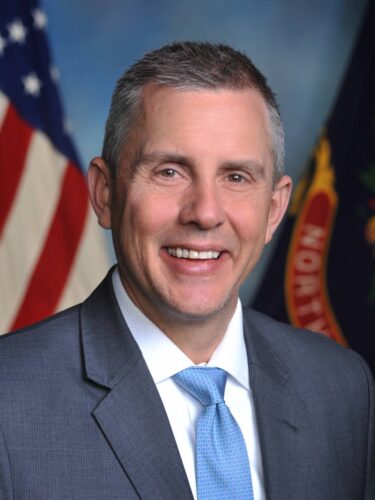Governor Kelly Armstrong announced Thursday that he has directed more than $1.5 million in state funds to support food assistance programs during the ongoing federal government shutdown, urging North Dakota residents to consider donating food or money to local food pantries to help families impacted by the loss of federal benefits.
“The state of North Dakota has the responsibility and the resources to care for its citizens who face a sudden loss of federal food assistance through no fault of their own,” Armstrong said. “Through a combination of state contingency funds and private donations, North Dakota can help meet the nutritional needs of our children and families until Congress passes a temporary funding bill to reopen the federal government. We strongly encourage residents to open their hearts, wallets and food pantries to support their local food banks.”
Armstrong directed the Department of Health and Human Services (HHS) to provide $915,000 in contingency funds to the Great Plains Food Bank, which supplies nearly 200 partner food pantries, shelters, and soup kitchens across the state. This funding will allow the Food Bank to purchase and distribute an additional 450,000 pounds of food in November, enough to assist roughly 24,000 households, according to Kate Molbert, interim CEO and COO of Great Plains Food Bank.
“This allocation of state funds entrusted to our organization will help thousands of North Dakotans keep food on their tables,” Molbert said. “We’re thankful for everyone donating food and dollars to ensure that North Dakotans don’t go hungry during this government shutdown today or in the weeks and months ahead.”
In addition, Armstrong authorized approximately $600,000 in contingency funding to support the Women, Infants & Children (WIC) program through November. WIC provides supplemental foods, nutrition education, and health care referrals to low-income women, infants, and children up to age 5. Federal WIC funding for North Dakota is expected to run out around Nov. 10.
“Setting up children for success in life begins with proper nutrition at the earliest ages,” said HHS Interim Commissioner Pat Traynor. “The state is pleased to do our part to ensure that infants, toddlers, and their mothers have access to healthy food and helpful nutrition education and health care resources.”
The announcement comes as more than 56,000 North Dakotans—roughly 28,000 households—are at risk of losing federal SNAP benefits on Nov. 1. Of these households, 48% include children under 18, 30% have school-age children, and 26% include someone 60 or older. Current SNAP payments in North Dakota total about $10 million per month.
Due to infrastructure limitations, the state cannot directly backfill SNAP benefits, though recipients with remaining balances after Oct. 31 can continue using them in November.
Armstrong, who represented North Dakota in the U.S. House from 2018 to 2024, urged Congress to pass a clean continuing resolution to temporarily fund the government. “Senate Democrats need to stop holding the government hostage and pass a clean CR so Congress can get back to work and end this uncertainty for Americans who are just worried about putting food on the table for their children and families,” he said.

